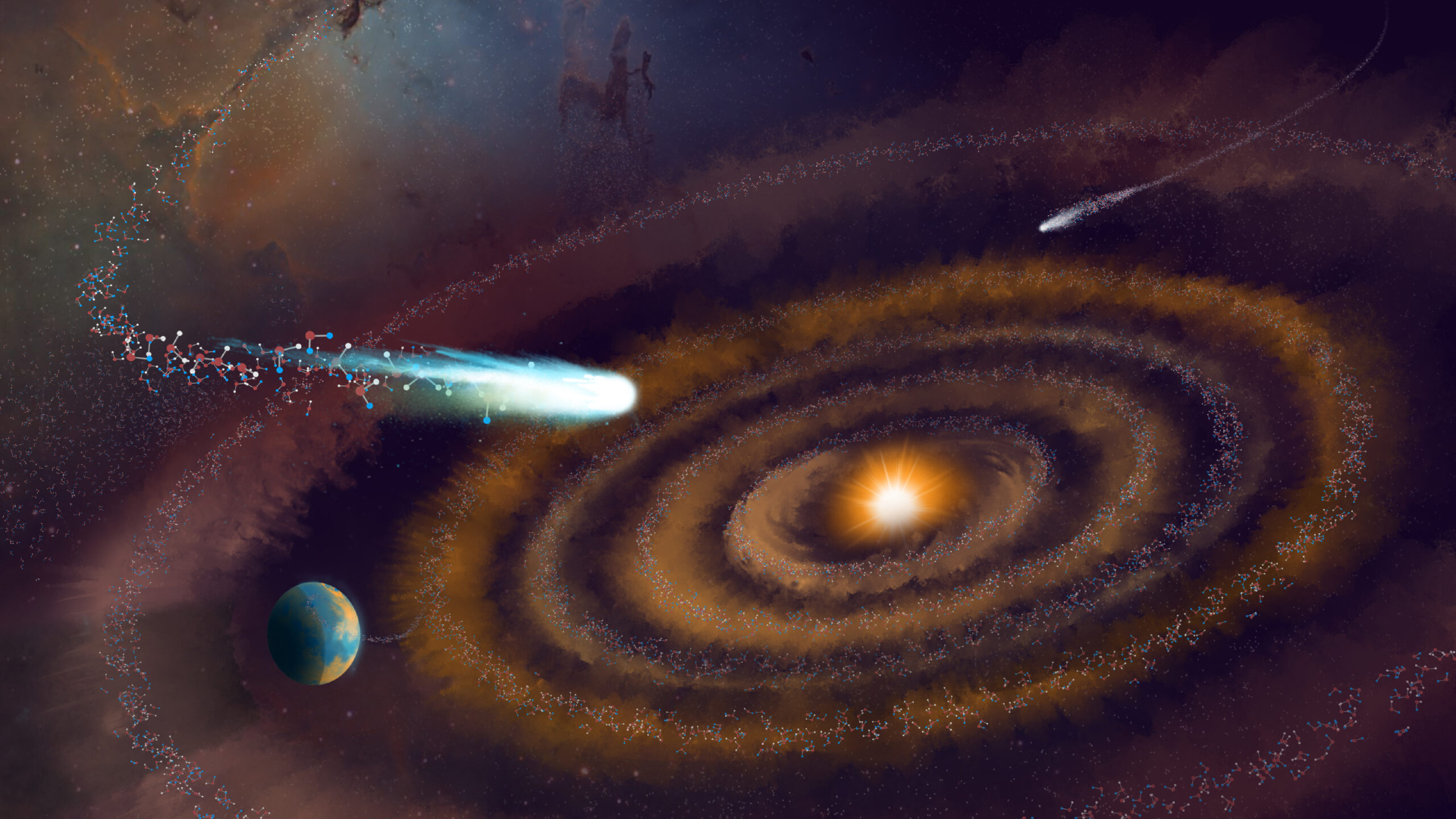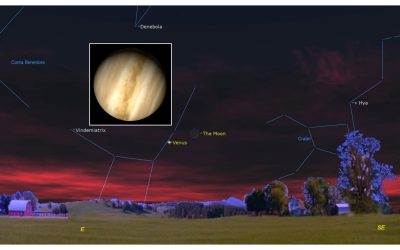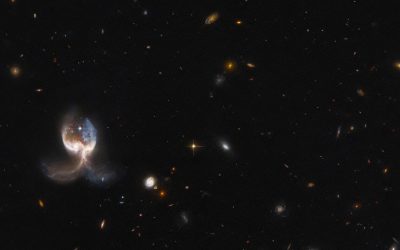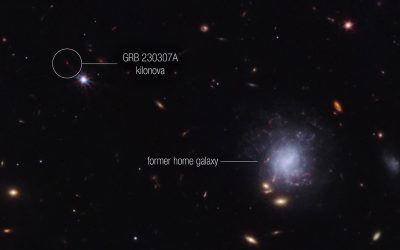In a significant astronomical breakthrough, scientists have for the first time identified heavy water within a planet-forming disk surrounding a nascent star. This pivotal discovery offers compelling evidence that the water’s presence predates the star’s own formation, with indications that the substance originated in the frigid, dense molecular cloud from which the star ultimately emerged.
Astronomers have reported the significant detection of heavy water within the protoplanetary disk of gas and dust orbiting the youthful star V883 Orionis. This discovery was made possible by the Atacama Large Millimeter/submillimeter Array (ALMA), a powerful observatory in Chile that consists of 66 interconnected radio dishes. The star V883 Orionis is situated approximately 1,350 light-years from Earth and belongs to a stellar cluster that originated from the renowned Orion Nebula.
Understanding heavy water begins with its precise definition.
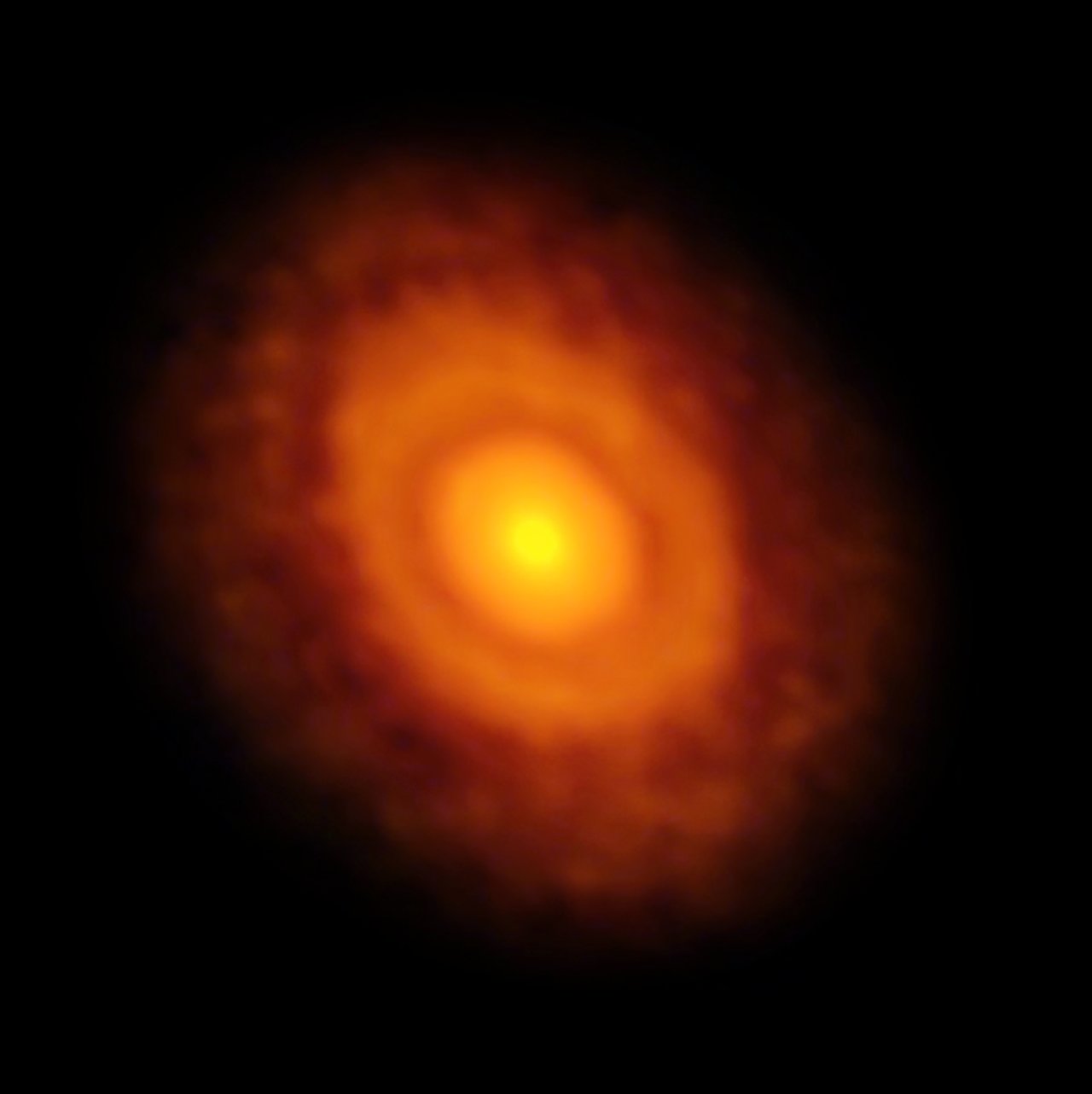
Water, commonly known as H2O, is chemically structured with two hydrogen atoms joined to a single oxygen atom. While a typical hydrogen atom’s nucleus contains just one proton, orbited by a single electron, a less common variation exists. In this variant, the hydrogen atom’s nucleus includes both a proton and a neutron.
Atoms that feature these additional neutrons are scientifically termed “isotopes” of their respective elements. In the case of hydrogen, the isotope containing one neutron is specifically called deuterium. This extra neutron gives deuterium a slightly greater atomic mass compared to standard hydrogen.
Heavy water is chemically defined by the substitution of its two standard hydrogen atoms with two deuterium atoms. This unique variant of water has been detected within our own solar system, notably present in comets. Analyzing the ratio of heavy water to ordinary water within these cometary bodies can provide significant clues about their formation history and origins.
Scientists have long debated a fundamental question regarding the genesis of water found in comets and planets: Is it primarily synthesized anew within evolving stellar disks, such as V8783 Ori, or does it represent a pristine heirloom, originating from ancient interstellar clouds? This ongoing uncertainty was underscored by John Tobin of the National Radio Astronomy Observatory in the United States.

Observations from the ALMA telescope have finally shed light on a crucial process: the violent shocks and powerful outbursts emanating from young stars actively destroy heavy water within planet-forming disks. This energetic activity, ALMA revealed, allows the heavy water to subsequently reform as ordinary water. Such a mechanism suggests that if a similar event had transpired around V883 Ori, the ratio of heavy water to regular water would be notably low, a composition strikingly similar to that found in our own solar system.
ALMA’s observations of V883 Ori’s protoplanetary disk revealed a specific ratio that strikingly mirrors the proportions found in pristine clumps of molecular gas, predating the formation of stars or planets. This measured ratio is, in fact, two orders of magnitude (a factor of 100) higher than what would be expected if water had been broken apart and subsequently reformed within the disk itself.
A groundbreaking study led by Margot Leemker of the University of Milan has definitively revealed that water detected in a planet-forming disk is older than its central star, originating during the earliest phases of stellar and planetary genesis. This pivotal finding marks a major breakthrough in understanding the journey of water through the cosmic processes of planet formation, offering crucial insights into how it eventually reached our own solar system and, potentially, Earth.
This revelation indicates the water is not merely older than the star, but potentially billions of years its senior. For eons, it endured within the primordial molecular cloud that eventually gave rise to the Orion Nebula, existing as ice encrusting microscopic dust grains.
At a mere 500,000 years young, the infant star V883 Ori became the subject of a pivotal astronomical discovery in 2023: the initial detection of water within its surrounding, planet-forming disk. While no planets have yet materialized within this cosmic cradle, any comets that may have already formed are expected to exhibit a similarly high ratio of heavy water.
The star’s tender age means its primordial water reserves have not yet undergone significant thermal reprocessing or heating within the disk. However, this pristine state is not anticipated to last indefinitely. Evidence of V883 Ori’s dynamic nature, including powerful stellar outbursts, has already been recorded. For example, in 2016, the ALMA observatory meticulously studied the impact of such an outburst on the crucial “snow line” within the disk – the boundary where water transitions from a gaseous state to ice.
The detection of heavy water unequivocally confirms water’s ancient origins, thereby bridging a critical gap in our understanding of how it transitions from cosmic clouds to disks, comets, and eventually, planets. As Tobin explained, this marks the first direct evidence of water’s interstellar voyage, demonstrating its passage from clouds to the very building blocks of planetary systems, arriving unaltered and perfectly preserved.
The complete findings were made public on October 15, documented in the scientific journal Nature Astronomy.

